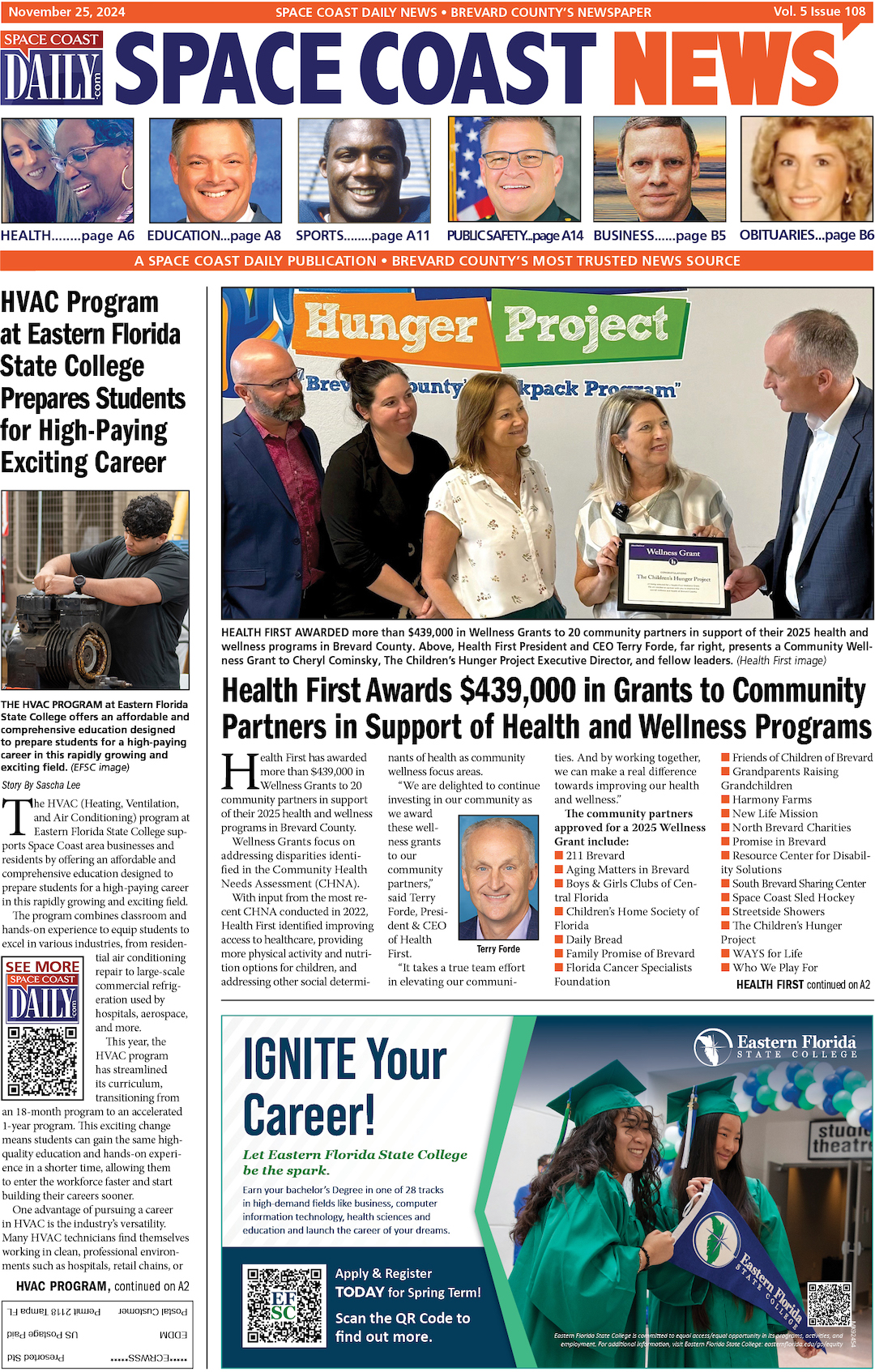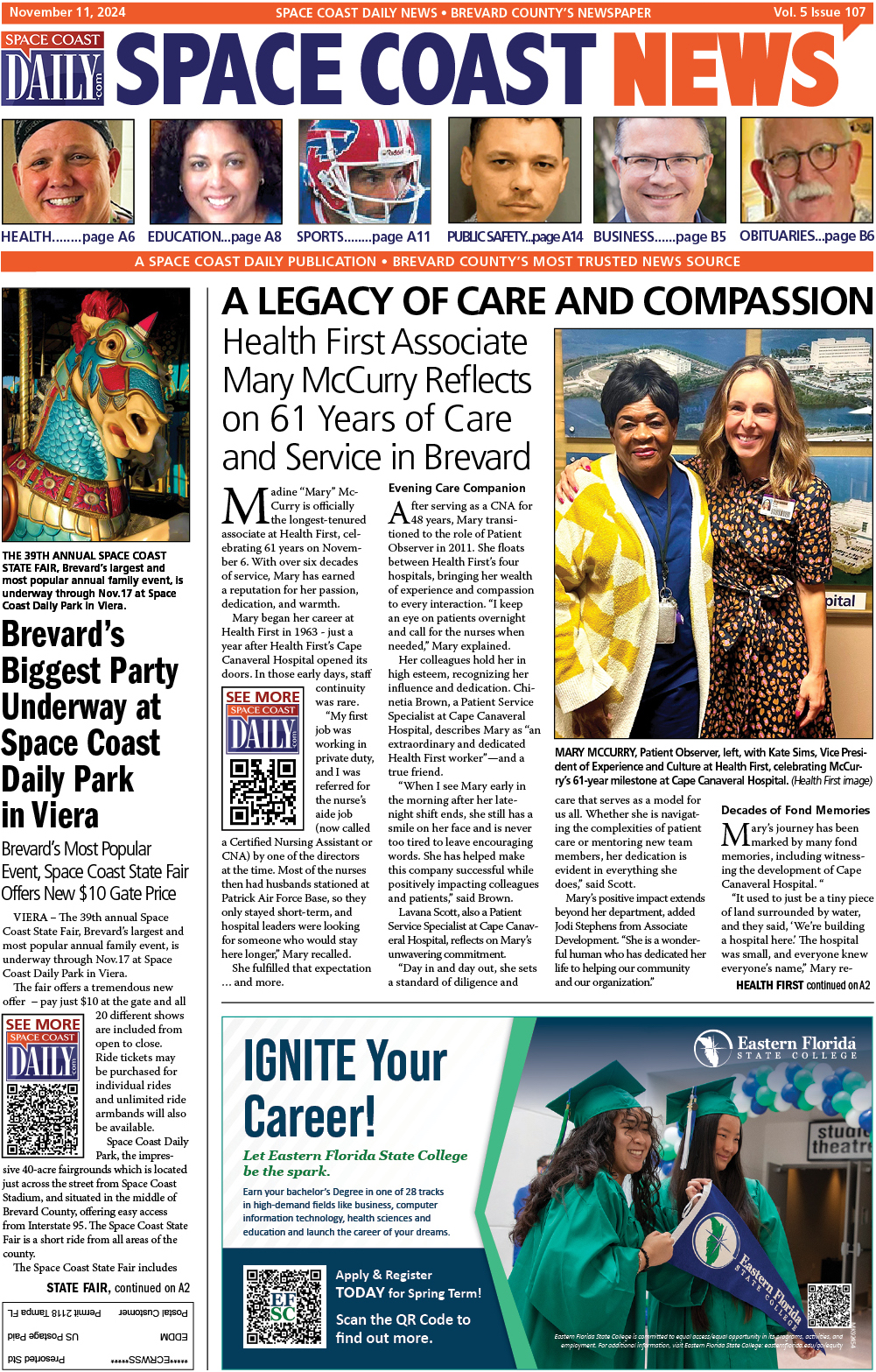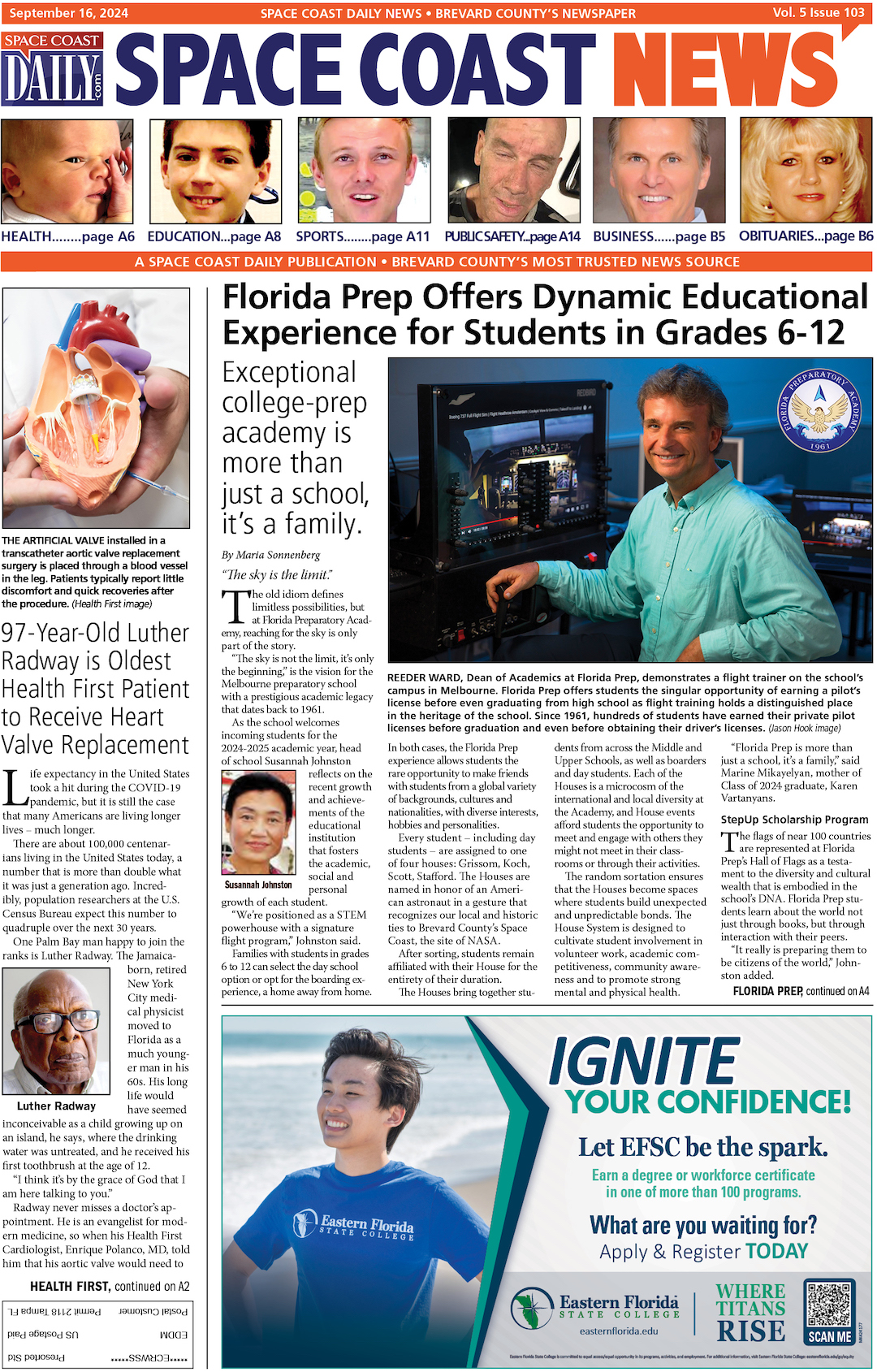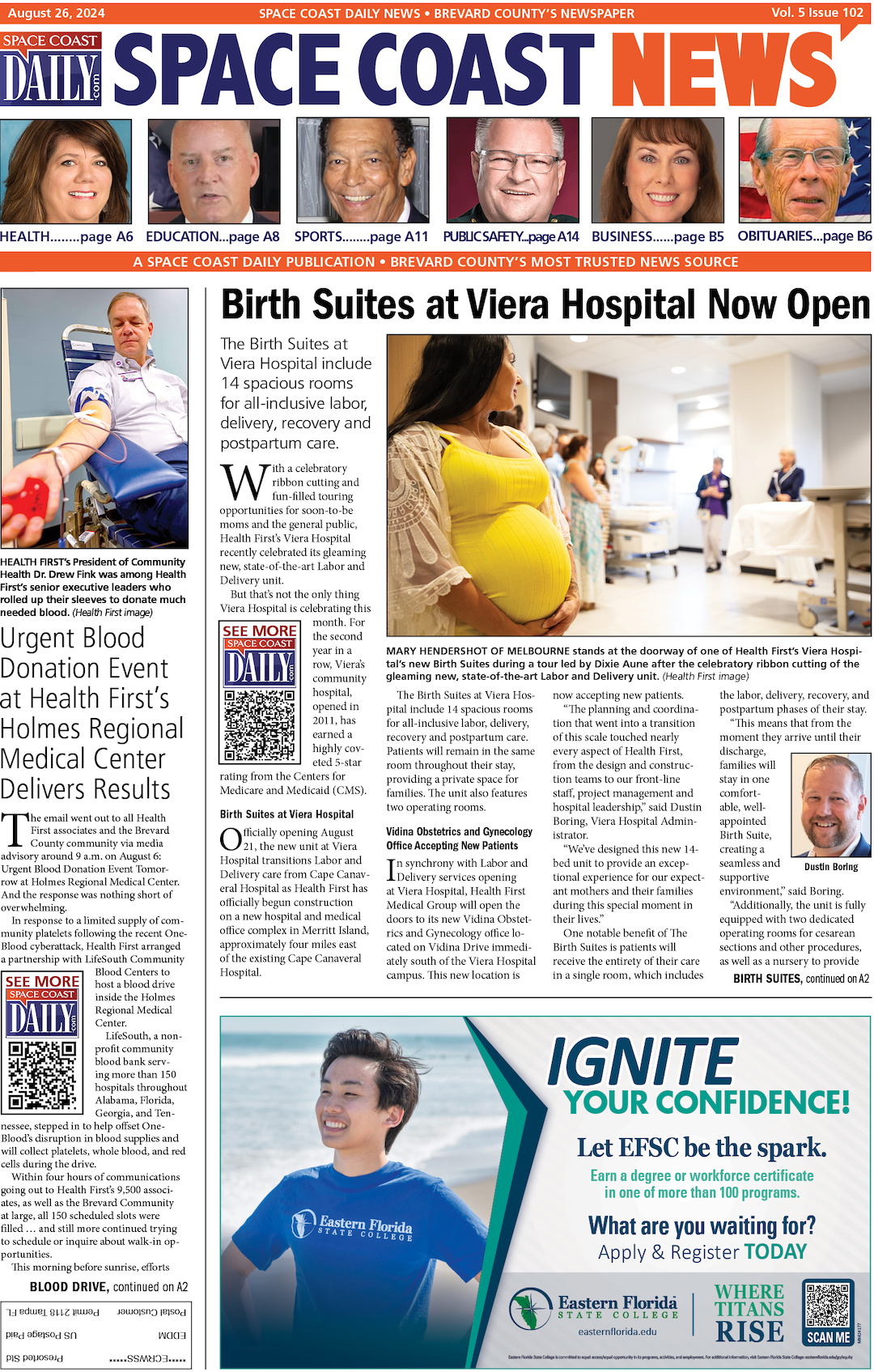SPACE COAST DAILY HEALTH SPOTLIGHT: Brevard Doctor Says Salmonella Awareness Key To Prevention
By E. Lynn Turner, DVM, Brevard County Department of Health // August 31, 2017
MORE THAN 220 cases of Salmonellosis reported in Brevard County in 2016

EDITOR’S NOTE: We are delighted to welcome Dr. E. Lynn Turner long-time Space Coast veterinarian and now epidemiologist for the Florida Department of Health-Brevard County, to provide an update on and insight into Salmonellosis, which causes one million illnesses in the United States annually, with 19,000 hospitalizations and 380 deaths.
— Dr. Jim Palermo, Editor-in-Chief
BREVARD COUNTY • MERRITT ISLAND, FLORIDA — In a shocking statistic, the Centers for Disease Control and prevention (CDC) estimated that 1 in 6 Americans (48 million people) become ill every year from food borne diseases.
By far, the most common food borne pathogen is norovirus, casing 58 percent of food borne illnesses in the U.S. Following a distant second is Salmonella (non-typhoidal), responsible for 11 percent of food borne illness and the top pathogen resulting in the most hospitalizations, but also, the highest number of deaths.
It is important for us all to be aware of Salmonellosis’ ubiquity and potential for causing severe morbidity.
Over 220 cases of Salmonellosis were reported in Brevard County in 2016.
Signs and Symptoms
An attack of Salmonellosis announces itself with sudden onset of diarrhea, abdominal pain, fever, nausea and often vomiting.
The diarrhea may be bloody and could persist for several days. Occasionally, cases which begin as enterocolitis, can develop septicemia or focal infections, including abscesses, septic arthritis, pneumonia and cystitis, to name just a few.
Technically, Salmonellosis is a zoonotic disease, transmitted directly or indirectly from infected animals to humans. However, Salmonellosis is classified as a food borne disease because it is acquired most often from contaminated food of animal origin.
These food sources include raw and undercooked foods, such as eggs, raw milk and milk products, meat and poultry, but can also include produce and processed food. The incubation period, from ingestion to having symptoms, ranges from 6-72 hours, but is usually 12-36 hours.

While illness due to Salmonella is usually self-limiting, the infection can produce more severe symptoms in infants, elderly adults, and individuals who have weakened immune systems. Age groups most commonly affected are children under 5 years of age, and adults over 65.
Salmonella Sources
In recent years, there has been a rise in popularity of raising live poultry in backyard flocks. The reasons for this trend are many, but most commonly, families hope to teach their children how some of their food is produced and to live a more “organic lifestyle.”
However, though most people are familiar with the concept of food borne illness that occurs from Salmonella, many overlook this common source of Salmonella infection—zoonotic transmission.
A recent outbreak advisory from the CDC reports that there is a multi-state outbreak involving 8 states directly linked to live poultry. Greater than 1/3 of those infected are children under 5 years of age. 83 percent of ill individuals reported contact with live poultry in the week before the illness started.
Purchase of young poultry occurs from many sources, including feed supply stores, websites, hatcheries and family relatives. It is very important to note that, though the animals may appear cute, clean and healthy, their bodies (feathers, fur, feet) and their environment can be contaminated with Salmonella bacteria.

The CDC provides the following guidelines to protect you from Salmonella while enjoying your backyard flock:
- Always wash your hands with soap and water immediately after touching live poultry or anywhere they may roam.
- Do not let live poultry in the house, especially in areas where foor or drink is prepared.
- Children under 5 years, adults older than 65 or people with weakened immune systems should not handle live poultry.
- Do not snuggle or kiss the birds, touch your mouth or eat or drink around live poultry.
- Do not clean any equipment or materials used for poultry inside the home-stay outdoors to do any cleaning
Here are some additional safety tips to remember if you collect eggs from your hens:
- Always wash your hands after handling the eggs.
- Collect eggs often; don’t allow then to grow old in the nest.
- Refrigerate eggs after collection.
- Eggs with dirt and debris should be cleaned with fine sandpaper, a brush or cloth. Eggs should not be washed because colder water can put bacteria into the egg.
- Cook eggs thoroughly-raw or undercooked eggs may contain Salmonella
Another important source of zoonotic transmission of Salmonella are reptiles and amphibians kept as pets. The most common animals kept as pets in this category are turtles, lizards, snakes and frogs.
The CDC is presently investigating a rare Salmonella outbreak across 13 state that has been linked to turtles. So far, the agency has found 37 cases and 16 hospitalizations but no deaths.
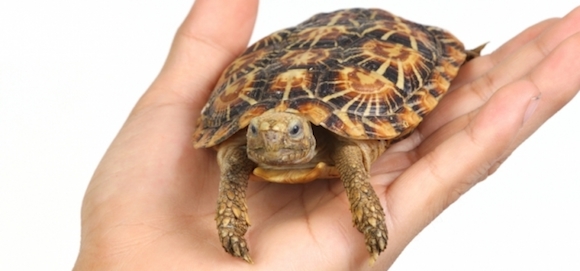
A common misconception held by many reptile “rescue groups” or other pet suppliers, is that the animal must “test negative” prior to adoption or sale.
Testing of these species is of NO help in prevention of Salmonella because the animals may shed the bacteria in their feces only intermittently.
Furthermore, Salmonella can be contracted even if the animals aren’t handled because the fecal droppings can contaminate anything they touch, including aquariums, aquarium water, food dishes and the pet’s living environment.
When handling reptiles and amphibians, the same basic hygiene principles apply as that of backyard poultry, with a few important additions:
- Do not purchase turtles under 4 inches in size. Federal law prohibits the sale of these turtles.
- Wild reptiles should not be caught and kept as pets.
- DO NOT release unwanted reptiles or amphibians back into the environment. This is bad for the animals AND the environment.
It is not as common for dogs and cats to harbor Salmonella, but this does occasionally occur. Risk of Salmonella infection increases for these species if they are fed raw food diets, have contact with livestock, or are in a contaminated environment.
Under-recognized sources of human infection, however, may come from commercial dry pet foods and livestock-based pet treats, such as pig’s ears and cow hooves. This emphasizes the importance of strict hand-hygiene and disinfection practices after feeding ANY pet, and handling their food dishes.
ABOUT THE AUTHOR

Dr. E. Lynn Turner is a public health veterinarian who received her B.S. from Auburn University in 1979, followed by her Doctor of Veterinary Medicine in 1984 from the University of Florida. She was in private veterinary clinical practice, in Brevard county for 30 years. During the later years of practice, she became interested in the One Health concept, which incorporates the idea that the combined knowledge and skills of several professions are needed to solve the complex health issueS of today, prompting her return to the University of Florida to obtain a Master’s of Public Health degree in 2015. Dr. Turner currently works at the Brevard County Department of Health in epidemiology. She lives with her husband in the Melbourne area.
CLICK HERE FOR BREVARD COUNTY NEWS





